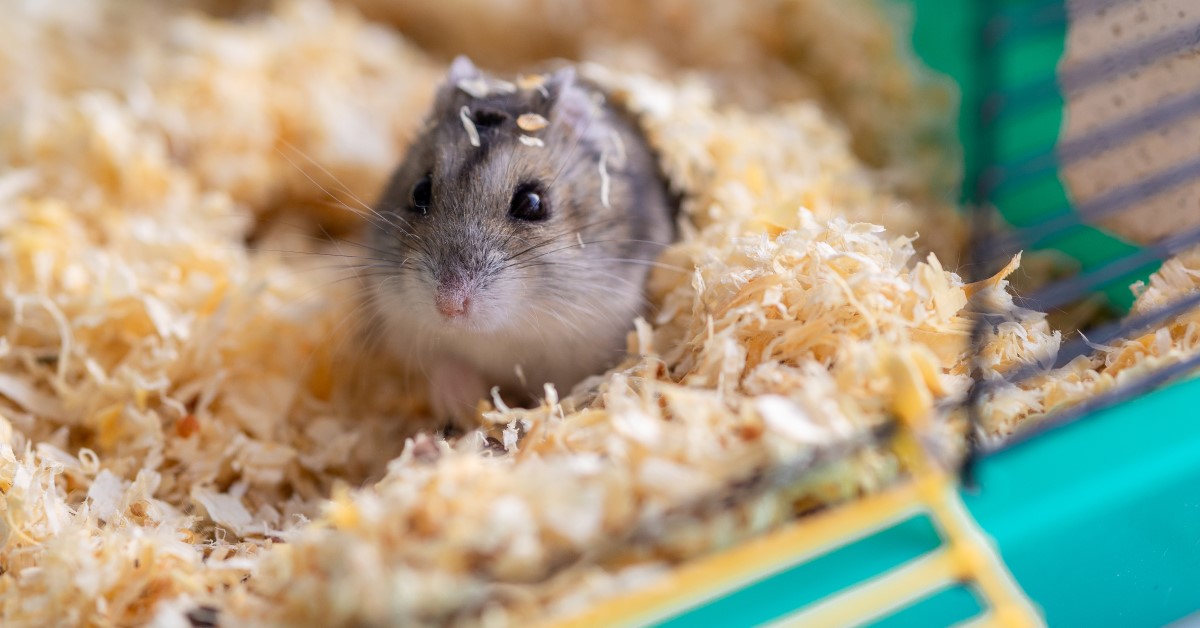Types of Pet Hamsters
Understanding Different Types of Pet Hamsters
Pet hamsters come in various breeds, each with unique characteristics and personalities. Understanding these different types can help you choose the perfect pet that fits your lifestyle. In this section, we’ll explore popular hamster breeds, their social behaviors, and what you can expect from them as pets. The right hamster can bring a lot of joy and companionship to your life.

Syria Hamster
The Syrian hamster, or golden hamster, is one of the most popular pet hamster breeds. These hamsters are typically larger than other breeds, growing up to 6 inches in length. They are known for their friendly disposition and can become quite attached to their owners. Syrian hamsters are solitary creatures, so they should be housed alone to avoid fights. Their playful nature makes them a delight to watch as they explore their cages, hoard food, and engage with toys.
Dwarf Hamsters
There are several species within the dwarf hamster category, including the Campbell’s dwarf hamster and the Winter White dwarf hamster. Dwarf hamsters are smaller, usually reaching about 4 inches in length. Unlike Syrian hamsters, many dwarf hamster species can be kept in pairs or small groups, making them a better choice for those who want multiple pets. Additionally, they have energetic and inquisitive personalities, often engaging in fun activities like running on wheels and exploring tunnels.
Roborovski Hamster
The Roborovski hamster is another dwarf breed, known for its small size and fast movements. These hamsters grow to about 2 inches and are recognized for their friendly yet elusive behavior. Roborovski hamsters are very active and love to dig and burrow, so they need a spacious habitat that encourages natural behavior. They’re known to tolerate social housing, but they can be skittish, which might make them less suitable for small children or novice owners. Finding a balance between a proper habitat and social interaction is key to keeping this breed happy.
Choosing the Right Hamster Breed for You
When choosing a hamster, consider your living environment, how much time you can devote to care, and the type of interaction you desire with your pet. Each breed has its personality traits, social needs, and care requirements, making it essential to match your lifestyle with the right type of hamster. In this section, we will look at important factors to consider before making your choice.
Space and Habitat Needs
Hamsters need proper space to thrive. Syrian hamsters require a large, single-unit cage with plenty of room to roam. Dwarf hamsters, while smaller, also benefit from larger cages to accommodate their active nature. It’s essential to consider not only the size but the layout of the habitat. Providing tunnels, exercise wheels, and hiding spots can create a more enriching environment for all types of hamsters, regardless of breed.
Time Commitment and Care
Some hamsters, particularly Syrians, thrive on daily interaction, while rest in their cozy hideouts when feeling overwhelmed. Dwarf hamsters can be more independent but still require attention. Regular cleaning and maintenance of their habitat is crucial. As a general guideline, expect to spend about 30 minutes each day interacting and caring for your hamster. Feeding routines, handling time, and play all play vital roles in their health and happiness. Understanding the commitment involved will help ensure a smooth relationship with your new pet.
Socializing Your Hamster
Socialization plays an important role in developing a bond with your hamster, regardless of the type. Proper interaction can help your pet get accustomed to handling and ensure proper behavioral development. In this section, we’ll cover effective strategies for socializing hamster breeds based on their unique characteristics.
Developing Trust with Your Hamster
Building trust takes time, especially with timid breeds like Roborovski hamsters. Start by simply sitting near their habitat, allowing them to become familiar with your presence. Gradually introduce your hand into the cage to let them sniff and investigate. Providing treats can also help form positive associations. Patience is key, as rushing the introduction may lead to stress or, in extreme cases, biting.
Handling Different Breeds
Each breed’s socialization approach may vary. Syrian and dwarf hamsters are generally easier to handle, while Roborovski will require more careful and gradual interaction. For example, you might start by scooping up a Syrian hamster with both hands, gently supporting its body. In contrast, dwarf hamsters may prefer to climb onto your hand rather than being picked up directly. Tailoring your handling approach based on breed characteristics ensures that your interactions are both enjoyable and safe.
Key Takeaways
- Understand the unique characteristics of each hamster breed.
- Consider habitat space and care requirements before adopting.
- Focus on proper socialization techniques for your hamster’s personality.
FAQ
1. What are the best types of hamsters for beginners?
For beginners, the Syrian hamster is often recommended due to its gentle demeanor and ease of handling. Dwarf hamsters like Campbell’s are also great options if you’re looking for smaller pets that can be housed together, but require a bit more experience in managing their social needs.
2. How can I ensure my hamster is healthy?
To ensure the health of your hamster, provide a balanced diet, clean water, and a spacious, clean habitat. Regular medical check-ups with a vet who specializes in exotic pets can further ensure their well-being. Monitor their behavior for any changes, as sudden shifts can indicate health issues.
3. Can multiple hamsters live together?
Some hamster breeds, like dwarf hamsters, can live in pairs or small groups, provided they are properly socialized and introduced at an early age. In contrast, Syrian hamsters should always be housed alone to prevent fighting and stress in their environment.
4. What should I feed my pet hamster?
Hamsters thrive on a mix of high-quality pellets and fresh fruits and vegetables as treats. Avoid sugary or fatty foods. Always provide fresh hay and occasional seeds to diversify their diet. Observing portion sizes and regular feeding schedules are also essential for maintaining their health.
5. How can I entertain my hamster?
Engaging toys, tunnels, and an exercise wheel can help keep your hamster active and entertained. Consider rotating their toys regularly to provide new experiences and mental stimulation. Hamsters also enjoy foraging and hiding treats, encouraging their natural behaviors.
